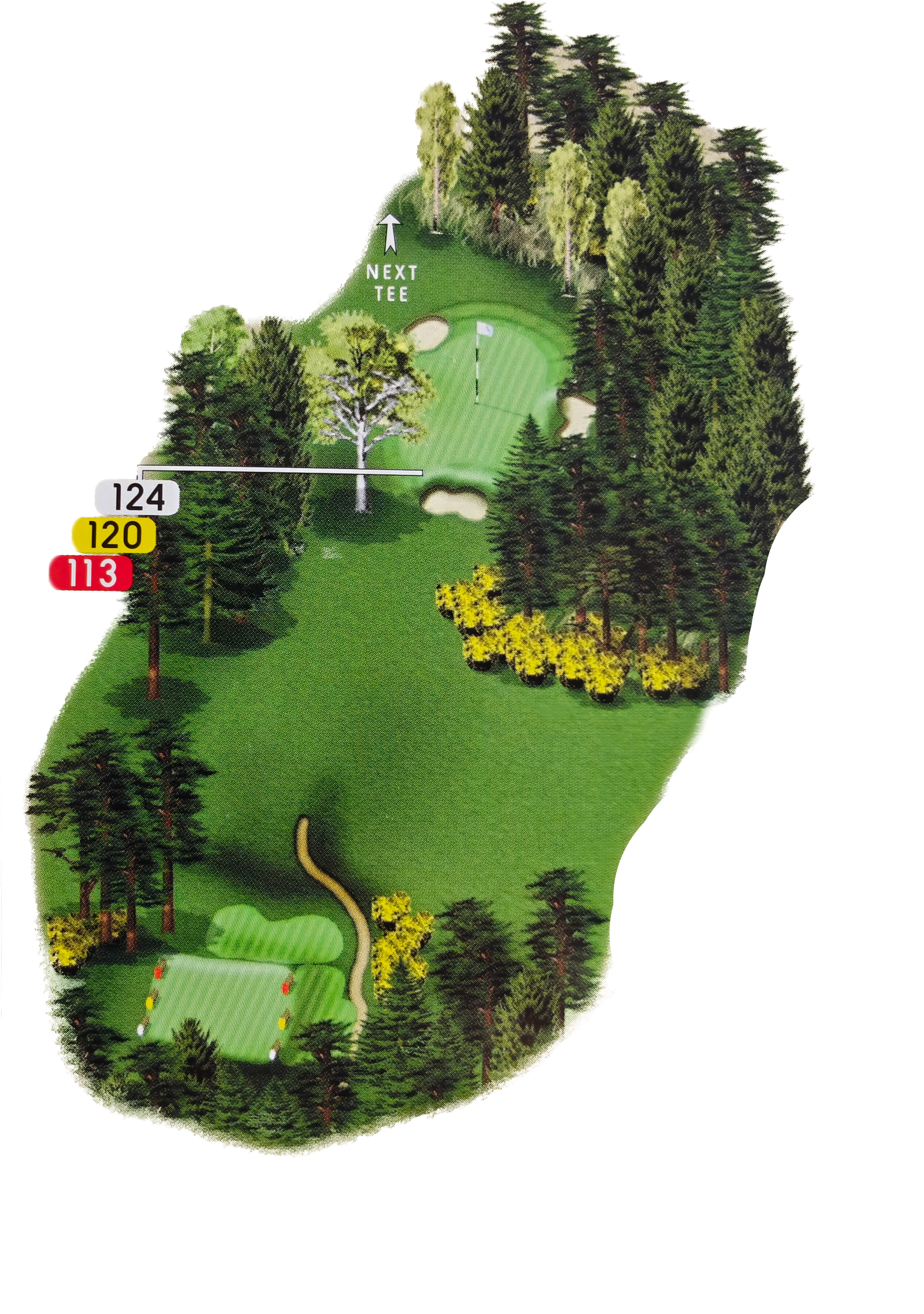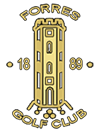Hole 5 | Wee Birkie
This shorter par 3 can be a tempting hole offering birdies for those who are accurate with their mid to short irons. However, some scorecards can take a hit here if accuracy is not your strength. Some deep bunkers protect the left side of the green and the bunkers on the right test you with a green that slopes away from you and can be quite fast. Top tip – make sure you miss the tree that encroaches into the fairway near the green and after which the hole is named.
|
Tee |
Yards |
Par |
Index |
|
White |
142 |
3 |
16 |
|
Yellow |
138 |
3 |
16 |
|
Red |
131 |
3 |
14 |

Birch and Pine
A “wee birkie” in Scots refers to a small birch tree — though on the 5th hole at Forres, the Wee Birkie isn’t so wee anymore. Standing proudly on the edge of the fairway, this once-humble tree now looms large, guarding the left side of the green and ready to knock any stray approach shot into unpredictable territory.
Birch trees are native to Scotland and play a key role in the woodlands that shape the landscape here. You’ll see them scattered throughout the surrounding countryside, from the managed forests of Culbin — planted in the early 20th century to halt encroaching sand dunes — to the remnants of the ancient Caledonian Forest to the south.
The Caledonian Forest once blanketed much of Scotland in a vast wilderness of Scots pine, birch, rowan, and oak. Formed in the wake of the last Ice Age, this great woodland has been slowly diminished over centuries through farming, grazing, and land use changes. Today, native woodland covers just around 4% of Scotland’s land — a fraction of its former range.
Still, trees like our once-wee birkie are a living link to that ancient woodland heritage. As you walk the 5th, take a moment to appreciate the birch and pine — not just as hazards to play around, but as part of a story rooted deep in Scotland’s natural history.
Caledonian Forest, picture Terry Donnelly National Geographic
